-
— 1912 y.
-
V. S. Pustovoit organized an experimental breeding field «Kruglik» at the Kuban Military Agricultural School and began sunflower breeding.

-
— 1924 y.
-
S. V. Rushkovsky developed a method of determining the oil content of seeds by «dry residue», which allowed mass evaluation of breeding material. The development of this method enabled V. S. Pustovoit to identify elite plants with high oil content to develop the variety Kruglik A-41.
-
— 1926 y.
-
Pustovoit became the first person in the world to develop the sunflower variety Kruglik A-41 with an increased oil content of seeds — up to 36%. By developing this variety, he refuted the opinion of some scientists of the time who believed that an oil content of 30-33% is a physiological barrier for sunflower seeds, which is impossible to overcome.
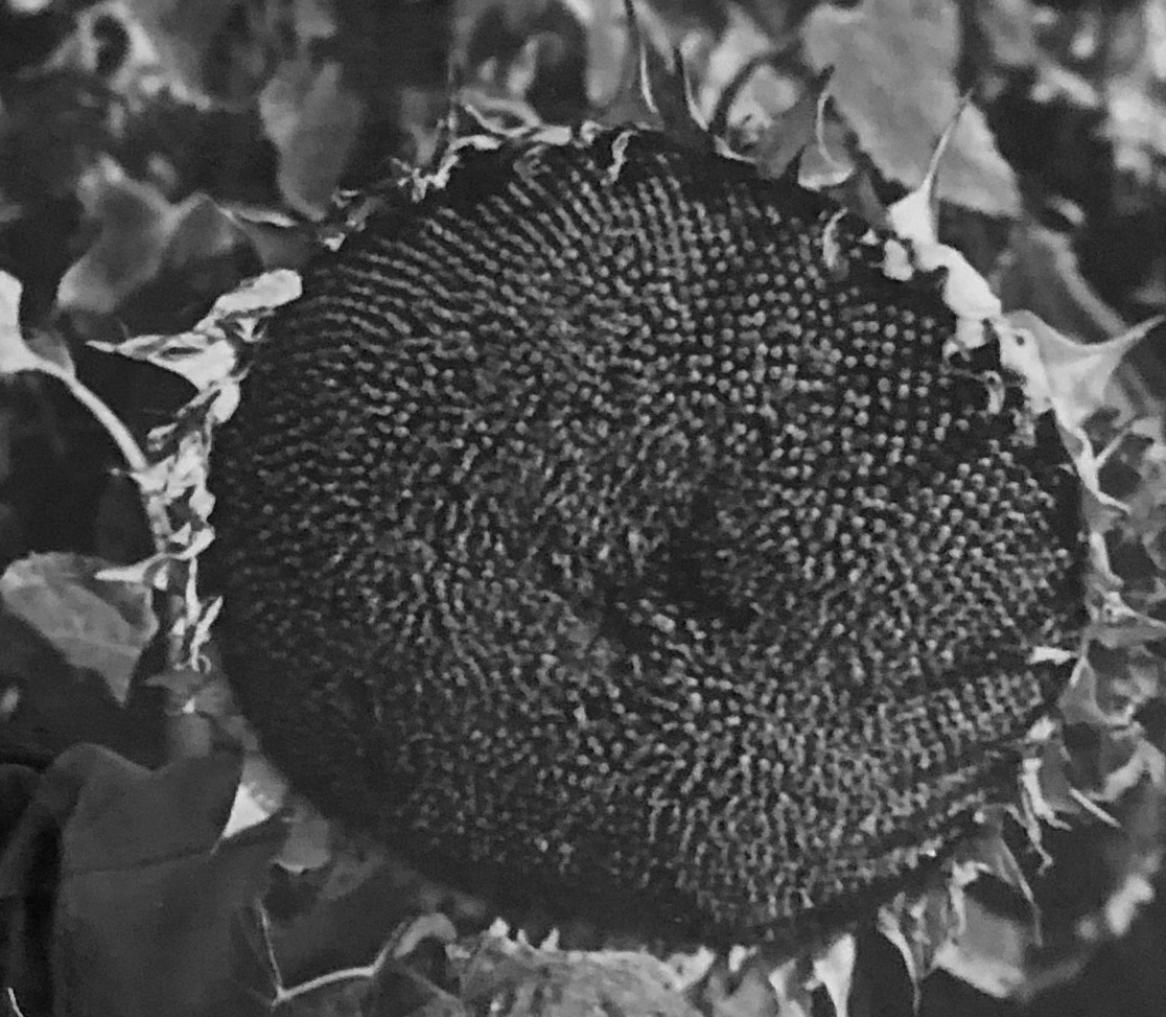
-
— 1927 y.
-
V. S. Pustovoit established a greenhouse method for evaluating sunflower plants for resistance to broomrape. He found that mass infestation of the variety Kruglik A-41 was due to the emergence of a more aggressive race.
-
— 1928 y.
-
V. S. Pustovoit organized the Armavir testing station of the breeding station «Kruglik» to evaluate breeding material for resistance to the new, more aggressive race of broomrape. Subsequently, the testing station was reorganized into the Armavir experimental station.
-
— 1931–1933 y.
-
Development of the first in the USSR sunflower varieties resistant to race B — Zhdanovsky 6432, Zhdanovsky 8281, Stepnyak.

-
— 1932 y.
-
The All-Union Research Institute of Oil Crops was established on the basis of the breeding station «Kruglik».
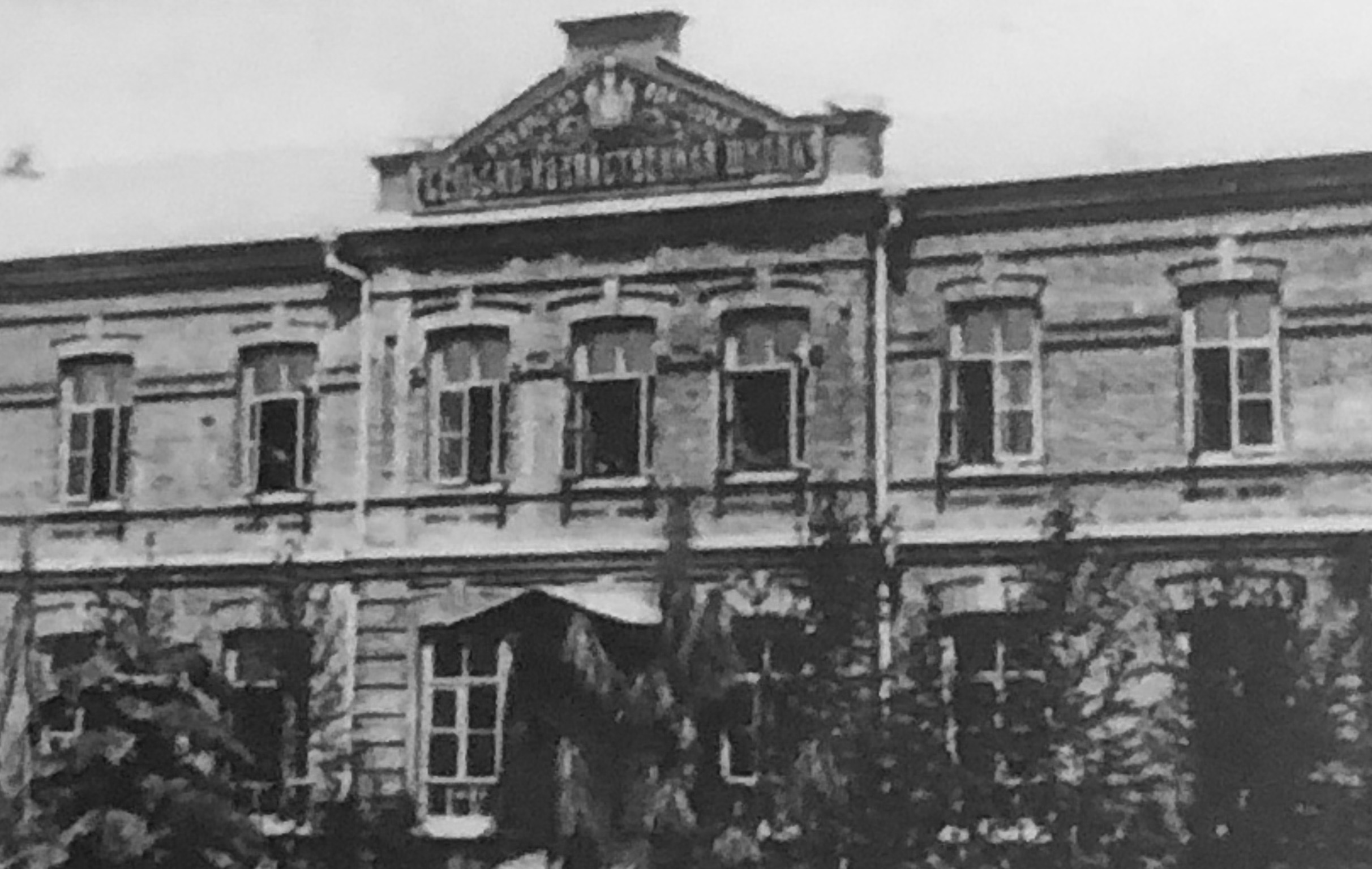
-
— 1954 y.
-
G. V. Pustovoit began work on the interspecific hybridization of sunflower intending to transfer disease resistance traits from wild species to cultivated sunflower, and in 1974, the first two sunflower varieties Novinka and Progress, obtained from the parent material developed by interspecific hybridization, were submitted for State variety trial.
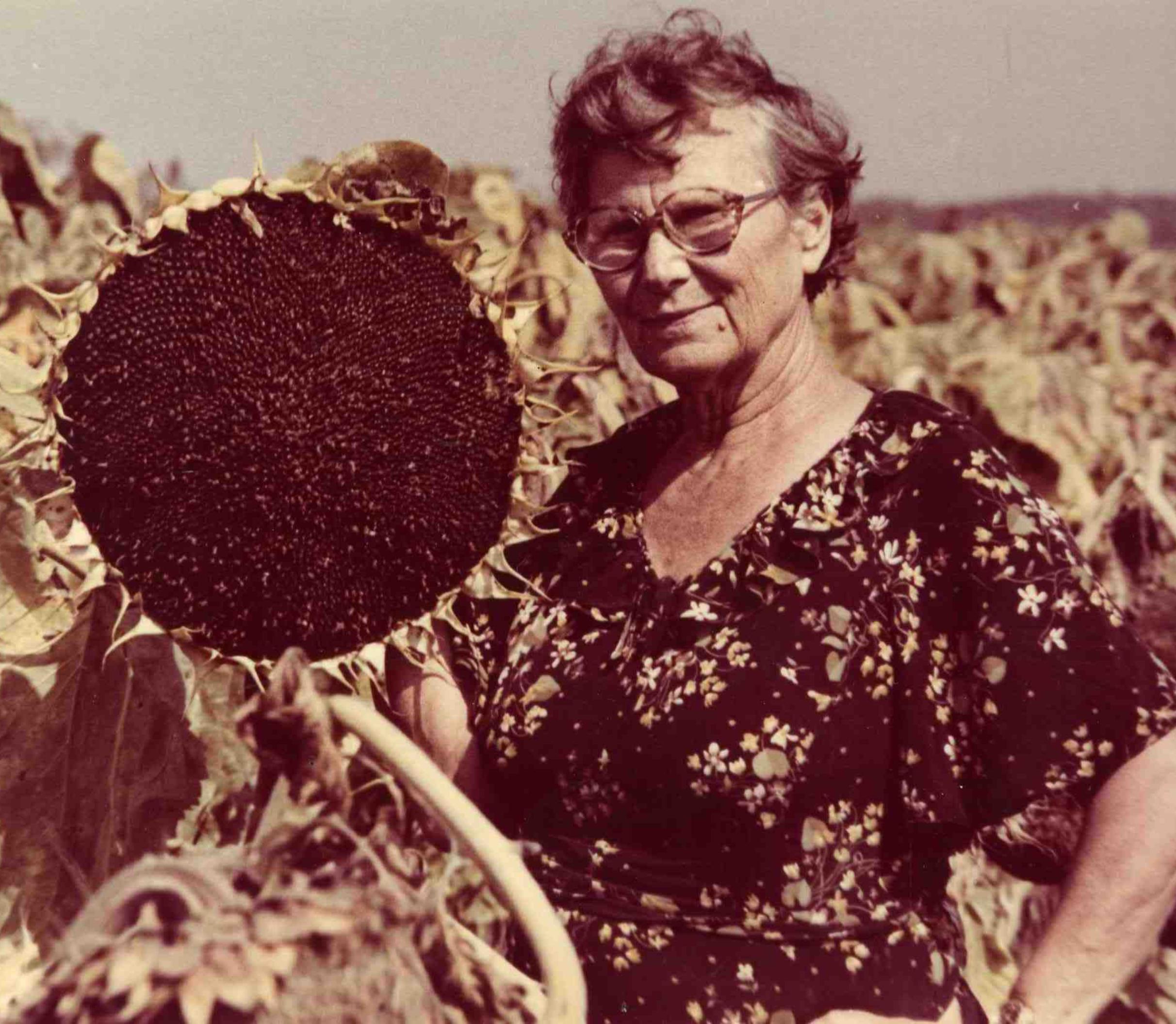
-
— 1972 y.
-
Without undergoing State trial, the world’s first high-oleic sunflower variety Pervenets was included in the State Register, giving rise to a breeding process for oil quality
-
— 1976 y.
-
During the International Sunflower Conference, in collaboration with the International Sunflower Association (ISA), it was decided to establish an international medal named after V. S. Pustovoit and to award it to scientists for outstanding sunflower research.

-
— 1979 y.
-
The first low-linolenic rapeseed variety Kubansky, with increased resistance to oxidation, has been developed.
-
— 1986 y.
-
The laboratory NMR analyzer AMV-1006 for determining the oil and moisture content of seeds has been developed and its commercial production has begun.
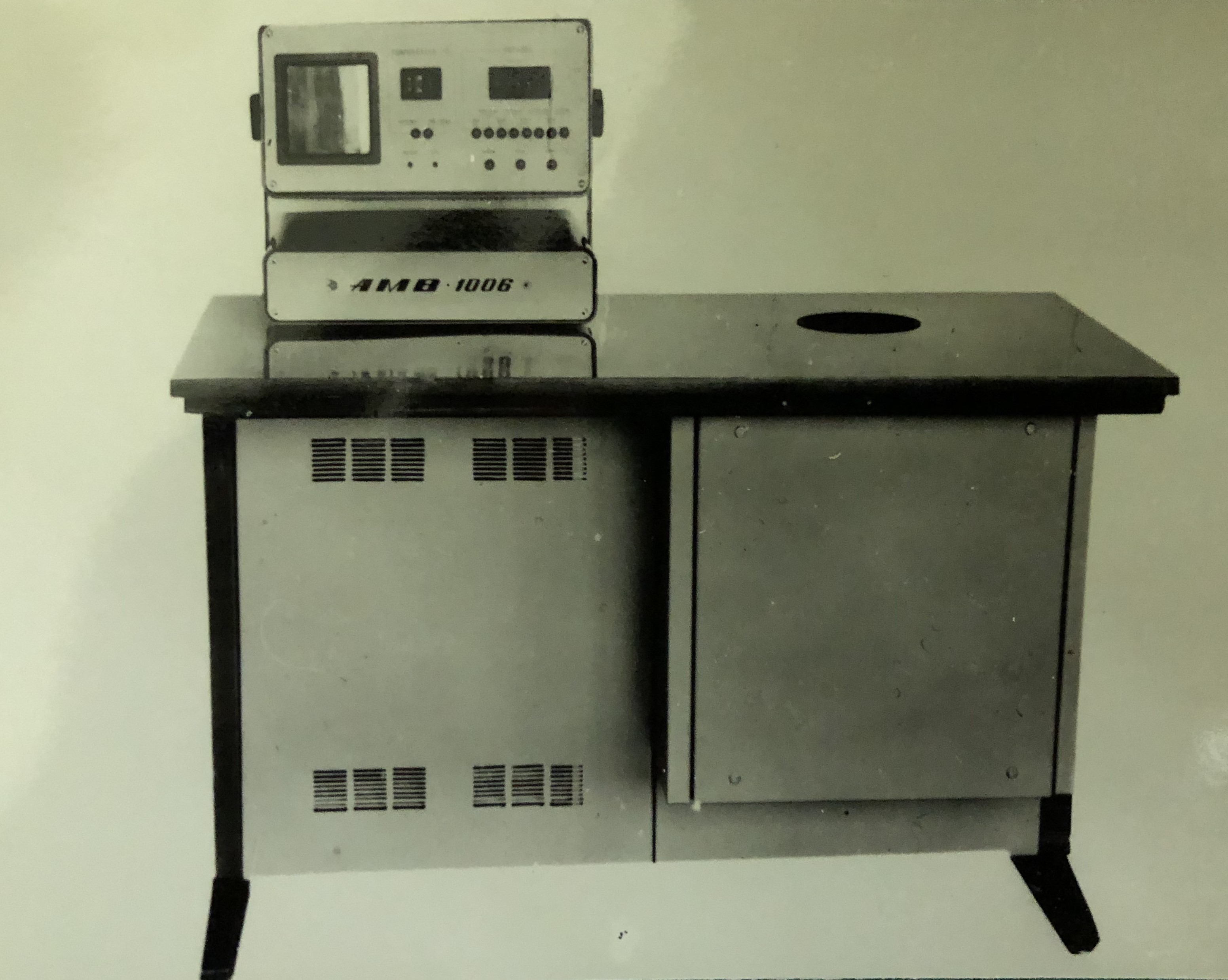
-
— 1988 y.
-
A large-seeded sunflower variety SPK was developed and became the forebear of large-seeded varieties and hybrids in Russia.
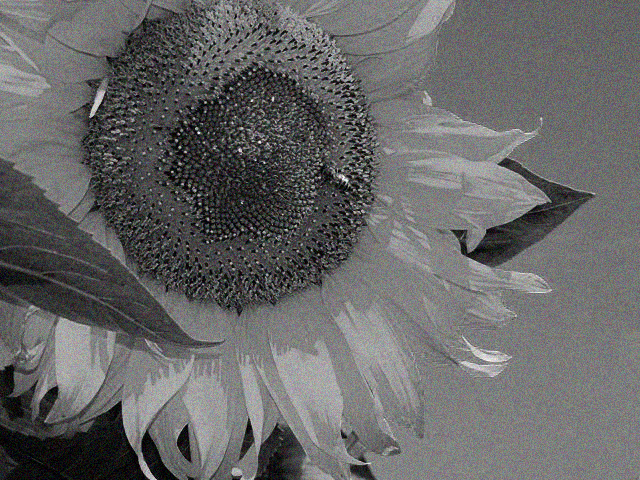
-
— 1992 y.
-
The world’s first non-erucic mustard variety Slavyanka was developed.
-
— 1995 y.
-
The first variety of a new oil crop is registered — winter brown mustard Suzdalskaya
-
— 2002 y.
-
A new source of variability in soybean plants is discovered — reverse diploid (reploid).
-
— 2010 y.
-
A sunflower hybrid OXY was developed. It has an increased content of beta- and gamma-tocopherols in the oil, which provides high oil resistance to oxidation.
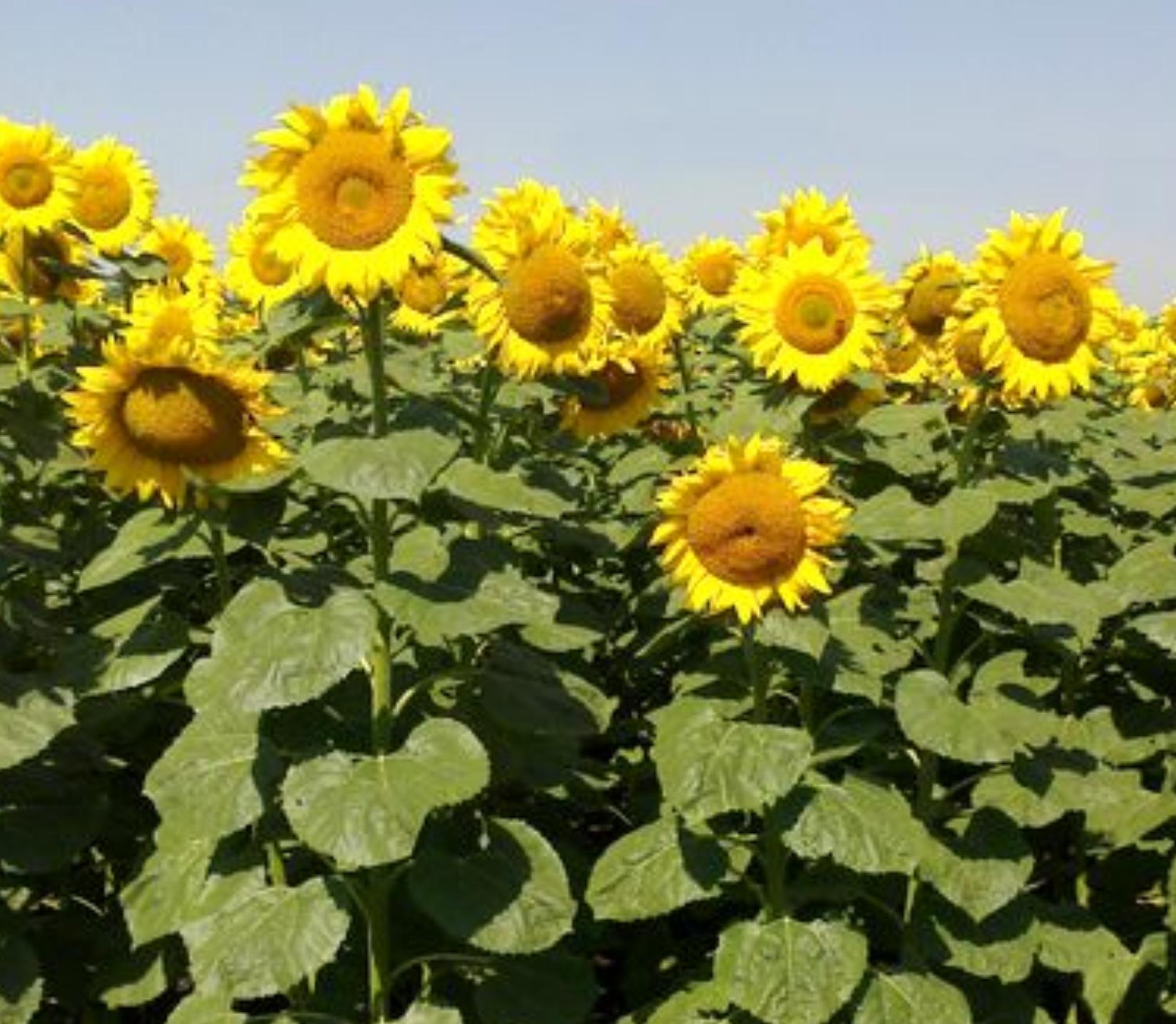
-
— 2013 y.
-
A high-oleic variety of spring rapeseed Amulet was developed. Its oil is similar to the olive oil in its fatty-acid composition.
-
— 2017 y.
-
The world’s first oil flax variety Y 117 that is resistant to flax fatigue was developed.
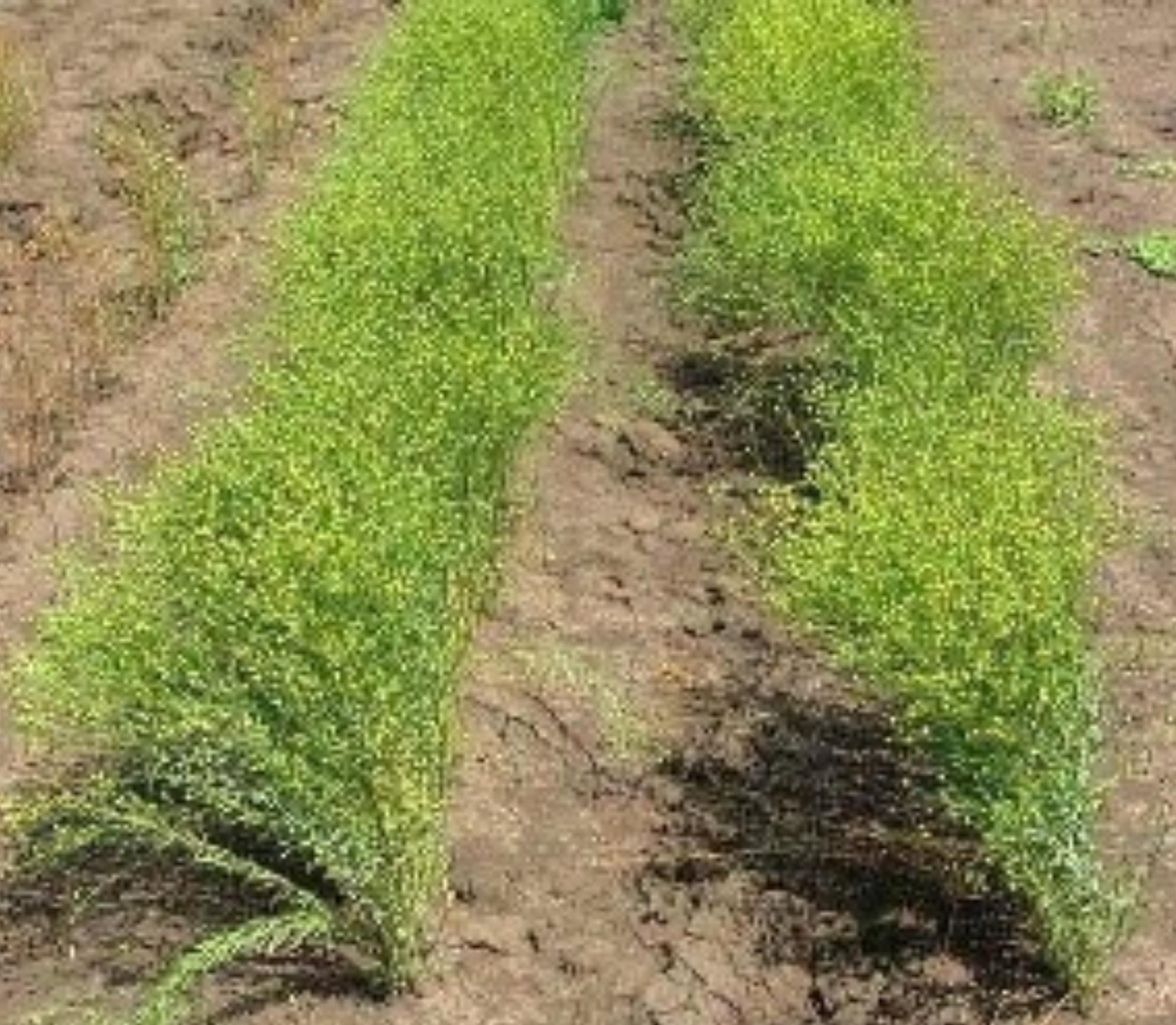
-
— 2023 y.
-
В России зарегистрирован первый в мире сорт кондитерского подсолнечника, устойчивый к имидазолиноновым гербицидам – Аладдин.

-
Зарегистрирован первый в России желтосемянный сорт ярового рапса Кенар.
Рапсовое масло из семян желтого цвета обладает улучшенными органолептическими свойствами, а благодаря сниженной доле семенной оболочки при промышленной переработке процесс измельчения сырья происходит эффективнее, увеличивается выход масла, снижаются затраты на его осветление и очистку. Пониженное содержание лузги, клетчатки и других нежелательных органических веществ повышает качество шрота и увеличивает его долю в рационе животных и птицы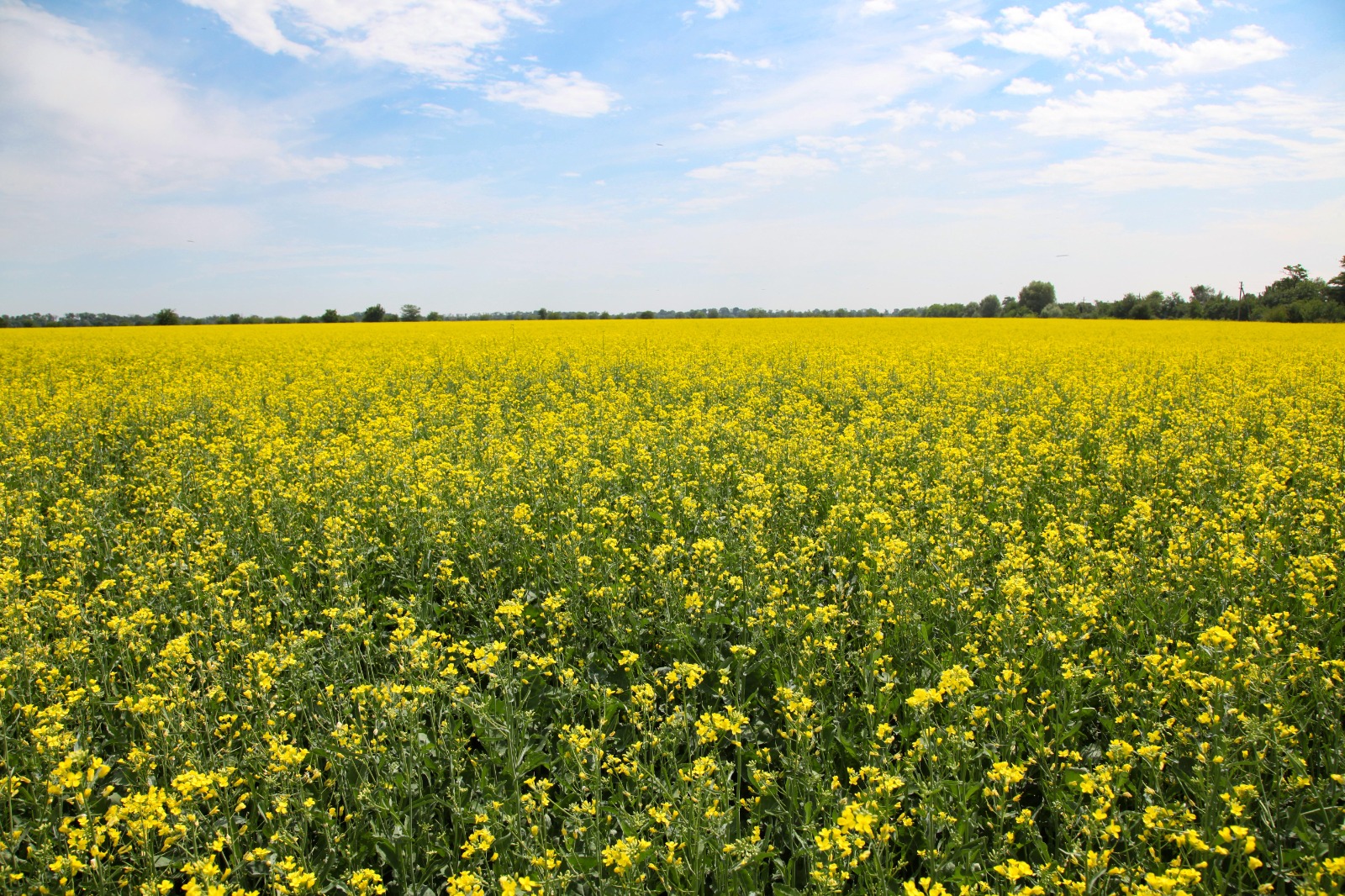
-
В Государственный реестр селекционных достижений внесен и допущен к использованию на территории Российской Федерации первый в России высокоолеиновый сорт рапса озимого Оливин.
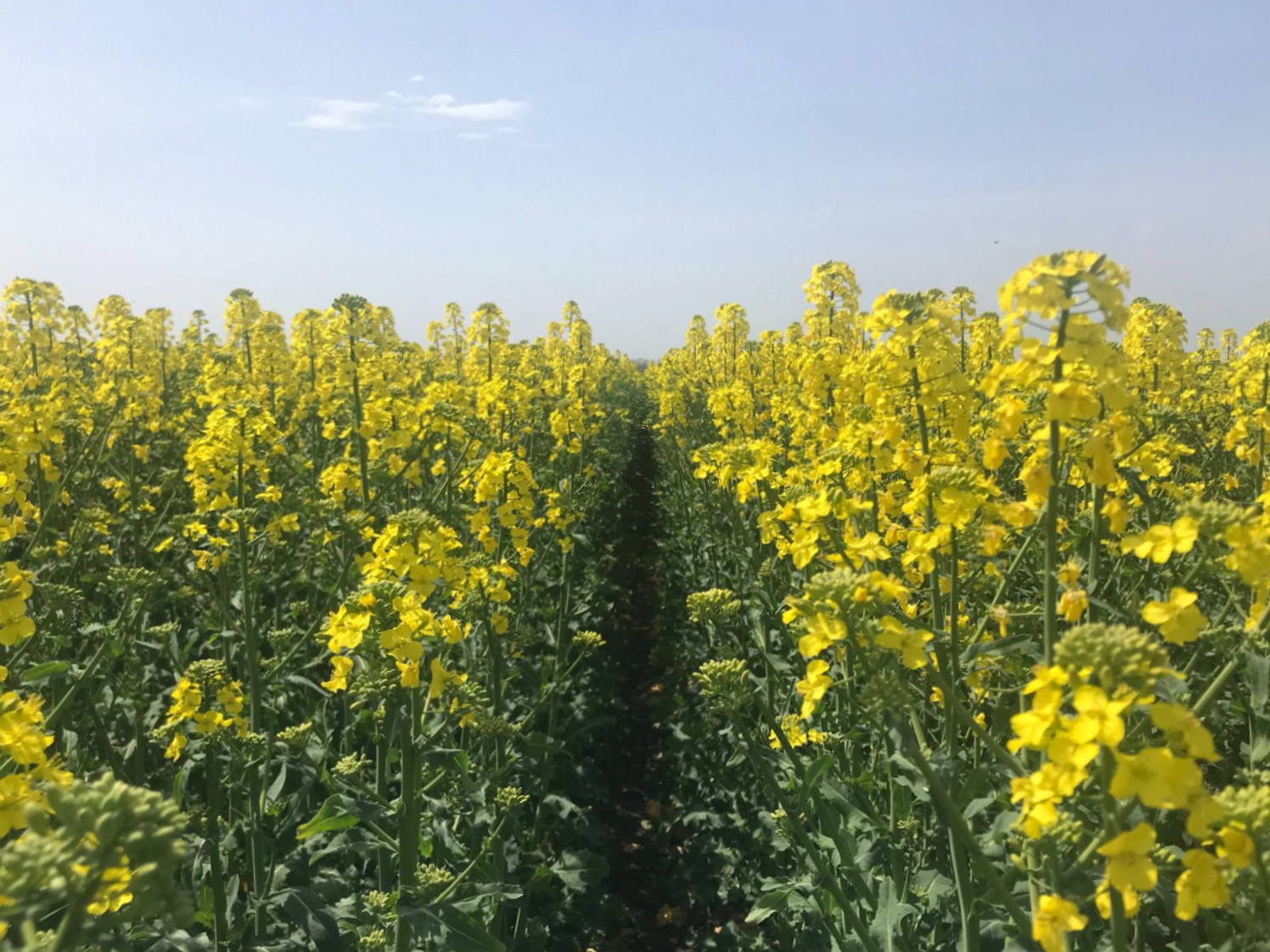
-
Зарегистрирован новый сорт сои Триада с уникальной комбинацией признаков – засухо- и холодоустойчивостью, а также слабой реакцией на неоптимальные длины дня. Для сорта была проведена ДНК-паспортизация, полученный ДНК-профиль проверен на предмет совпадений с другими сортами, изученными ранее: совпадений не выявлено, сорт является уникальным.
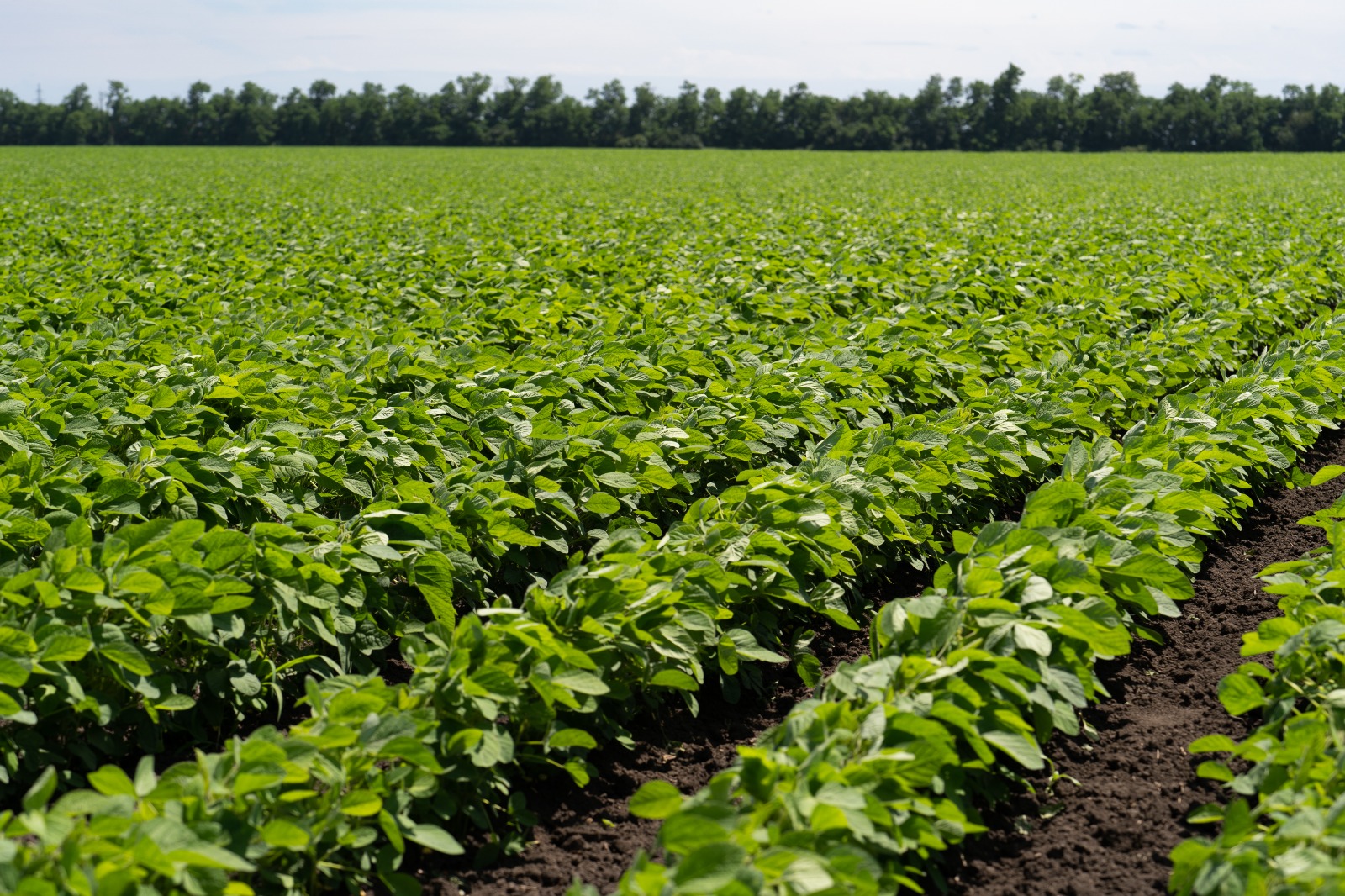
-
— 2024 y.
-
Currently, V. S. Pustovoit All-Russian Research Institute of Oil Crops is the main institution in Russia for breeding, seed production and cultivation technology of oil crops.
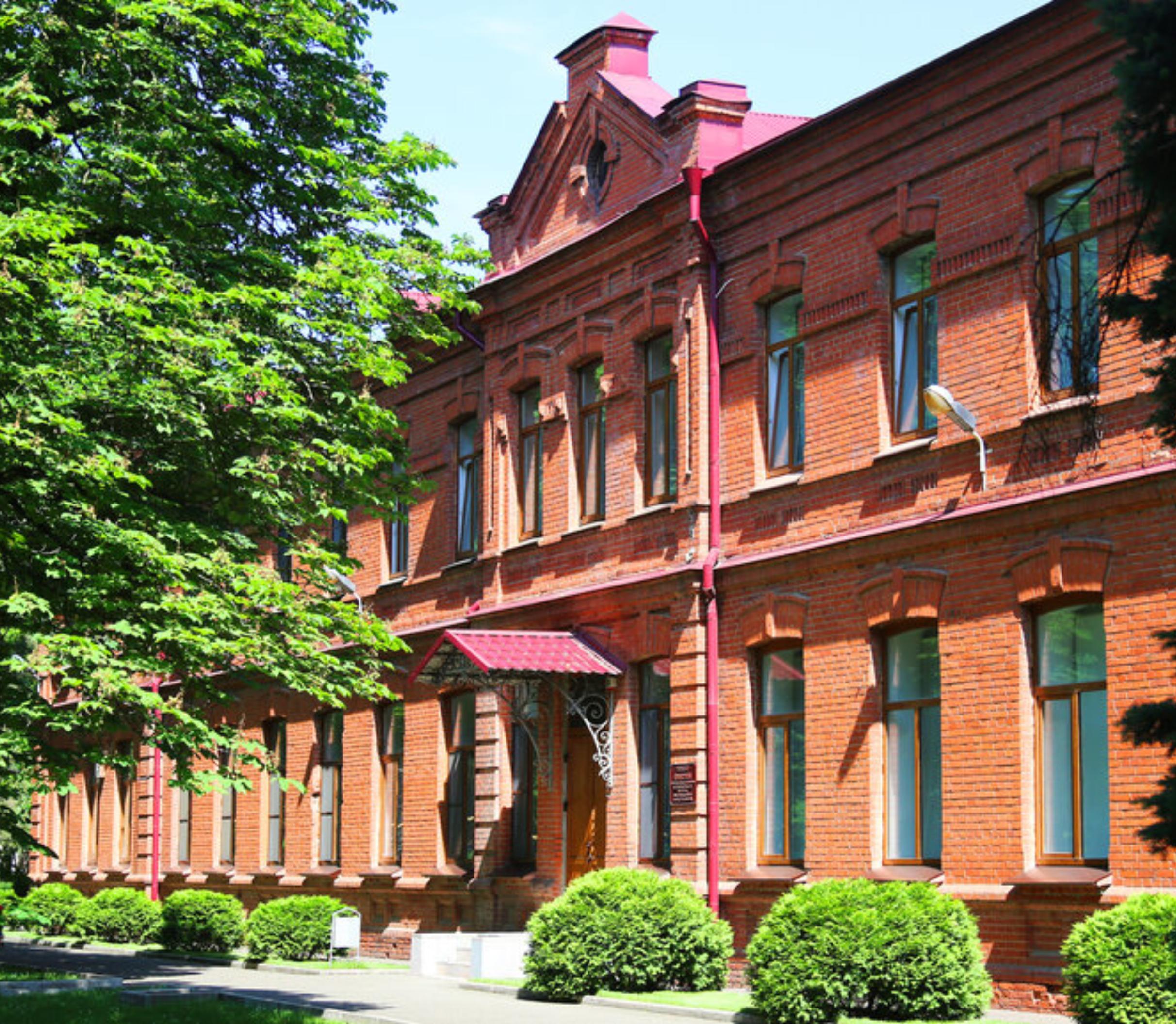
ВЫДАЮЩИЕСЯ УЧЕНЫЕ В ИСТОРИИ ВНИИМК
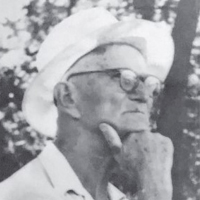
Pustovoit Vasily Stepanovich (1886–1972)
The founder of our institute, an internationally renowned breeder, twice Hero of Socialist Labor, winner of the Lenin and State Prizes, Honored Scientist of the RSFSR, Doctor of Agriculture, member of the USSR Academy of Sciences and VASKhNIL. V. S. Pustovoit is the founder of scientific agriculture in the Kuban. He initiated breeding of winter and spring wheat, castor, he developed and introduced the first varieties of these crops. He is also the author of varieties of winter rye and millet. However, Pustovoit’s world fame came from his work on the breeding of sunflower to increase the oil content of its seeds.
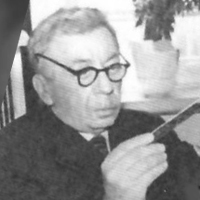
Zhdanov Leonid Afanasievich (1890–1974)
He was the first to begin systematic breeding work with sunflower, oil flax, mustard, castor, and other oil crops on the Don. His work played an extremely important role in the development of the first highly effective sunflower varieties in our country and abroad. The solution to this problem is an outstanding achievement of Soviet breeding, which contributed to the revival of sunflower culture, dramatically increasing its yield and strengthening the raw material base of the USSR oil and fats industry.
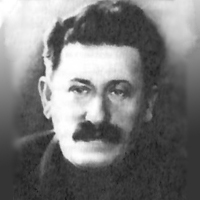
Rushkovsky Sergey Vladimirovich (1886–1950)
The highly productive method of seed oil quantitative determination developed by S. V. Rushkovsky ensured great success in breeding for high oil content of seeds and, above all, in developing the first variety with a high oil content of seeds — Kruglik A41. He participated in the development of many varieties of oil crops and co-authored the sunflower varieties VNIIMK 8931, Peredovik, Smena. The partnership of breeder V. S. Pustovoit and biochemist S. V. Rushkovsky has become a good tradition in the work of the Institute and its experimental stations.
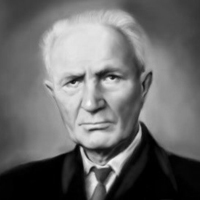
Shcherbina Vasily Ivanovich (1896–1974)
V. I. Shcherbina began sunflower breeding in 1929 and worked under V. S. Pustovoit until 1941, and since 1943, he worked independently. By the late 1940s, the Armavir testing station was one of the leaders in sunflower breeding in the USSR. In 1973-1975, in the Soviet Union, about 1.5 million hectares of the 4.6 million total sowings of this crop were sown with the seeds of the Armavir breeding. He was the author of 14 sunflower varieties. He was awarded the Lenin Order, the Order of the Red Banner of Labor, the Badge of Honor, and gold and silver medals of the All-Union Exhibition of National Economy for his services to the Fatherland.
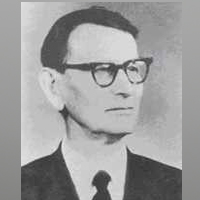
Prokhorov Konstantin Ivanovich (1909–1973)
He carried out the annual varietal renewal of sunflower in the Belgorod region. As a result of his activities, by 1966, the oil content of raw materials and the yield of oil at the oil plants of the region increased by 10-11%. Konstantin Ivanovich also developed the sunflower varieties Karlik 68, Voskhod with high oil content, early-maturing Zarya, and several other varieties. During his career, he published 14 scientific papers on sunflower.

Pustovoit Galina Vasilievna (1909–2006)
G. V. Pustovoit’s research focused mainly on the problems of sunflower resistance to diseases and pests. She has studied in detail the method of interspecific hybridization in sunflower. She developed unique methods to overcome the absence of combining ability and sterility in interspecific hybridization; methods of evaluation of breeding material for immunity; a method and scheme of breeding sunflower varieties for resistance to diseases and pests.
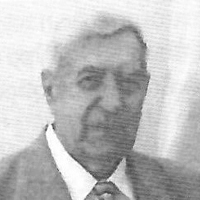
Kartamyshev Vladimir Georgievich (1918–2009)
Vladimir Georgievich made a great contribution to the development of biological and agricultural science. He developed several important elements of a methodology for breeding and seed production of oil crops; established the leading role of the nucleus in the inheritance of sex traits; proposed ways to change the sexual orientation of female plants in varieties, breeding samples of castor and proved the advantage of castor hybrids produced on their basis. He proposed a new botanical classification of Ricinus communis L. species; developed methods of hybridization of brown mustard and oil flax without castration, and sesame without flower isolation, etc.
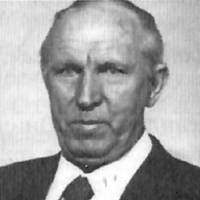
Moshkin Vladimir Alexandrovich (1914–1987)
V. A. Moshkin’s scientific activity is very diverse and his range of interests included biology, breeding, genetics, physiology, seed production, cultivation technology, mechanization, and economics of production of castor and other agricultural plants. He published 115 scientific papers and developed a methodology for breeding and seed production of castor; he developed and released nine varieties of castor with indehiscent pods, well adapted to mechanized harvesting, and a soybean variety Nepolegayushchaya 2.
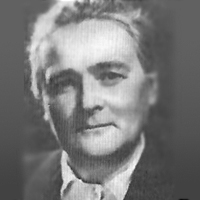
Voskresenskaya Galina Sergeyevna (1913–2005)
G. V. Voskresenskaya developed a methodology for the development of parent material of spring false flax and developed the variety VNIIMK 17 with increased oil content. She developed a methodology of accounting for the frequency, degree, and sign of transgression of traits of essential-oil content, oil content, and seed yield of brown mustard. She is the initiator and leader of works on mustard resynthesis. She is the author of six mustard varieties, and 15 completed research papers. She has published 55 scientific articles, and was awarded the silver and bronze medals of the All-Union Exhibition of National Economy and the «Veteran of Labor» medal.
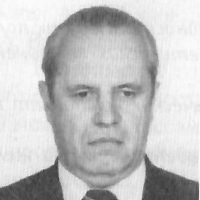
Dyakov Alexander Borisovich (1932–2019)
The main scientific achievements of A. B. Dyakov were the development of the theory of self-development and functioning of agrocenoses for conditions of common water and nitrogen deficit, which is fundamentally different from the theory of photosynthetic productivity, which was developed for conditions of full provision of sowings with water and mineral nutrition; a set of biometric methods for evaluating genotype-environment interaction, stability, and adaptability of genotypes, etc. A. B. Dyakov has published 175 scientific works, and obtained four certificates of authorship and one patent for invention.
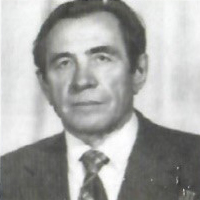
Shpota Vladimir Ivanovich (1926–1996)
Vladimir Ivanovich developed a methodology for breeding mustard, rapeseed, and turnip rape for oil and meal quality. For the first time in the world, non-erucic varieties of brown mustard were developed, which became widespread in agricultural production. The first domestic varieties of rapeseed and turnip rape were developed. The methodology for seed production of oil crops of the Brassica genus has been developed. He is the author of 3 inventions, 62 completed research works, and 25 varieties of oil crops: 10 varieties of mustard, 10 varieties of winter and spring rapeseed, three varieties of spring turnip rape, and two varieties of spring false flax.
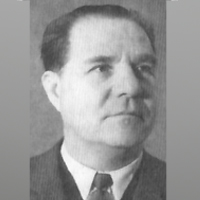
Soldatov Karm Ivanovich (1925–2019)
During his work, Karm Ivanovich studied the main patterns of inherited plant variability under the influence of chemical mutagens, developed a methodology for using mutagenesis in sunflower breeding, developed mutants valuable in the breeding aspect, including early-maturing forms with high oil content, dwarf mutants, and parent breeding material of sunflower with extremely high content of oleic acid in the oil. K. I. Soldatov has published more than 50 scientific papers and prepared six postgraduate students who successfully defended their PhD theses.
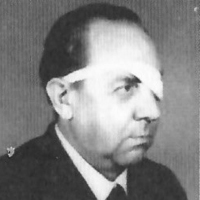
Vasiliev Dmitry Stepanovich (1925–1994)
Based on the results of the research on the development of new effective technologies of oil crops cultivation and weed control, widely introduced in practice in Kuban and in other regions of the country, professor D. S. Vasiliev published 348 scientific works, including 29 books and brochures. For many years he was a member of the scientific council of VNIIMK, the special council of Kuban agricultural institute, coordination councils of VASKHNIL, and scientific and technical councils of the Ministry of Agriculture of the Soviet Union and Russian Federation.
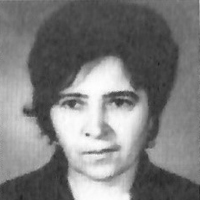
Kharchenko Lyubov Nikiforovna (1925)
L. N. Kharchenko was the first at VNIIMK to identify low-erucic forms in seed halves of brown mustard; the other seed halves were used to grow low-erucic plants. She developed an express method of determining oleic acid using refractometers by the refractive index of the oil. Lyubov Nikiforovna is the 1989 winner of the USSR Council of Ministers Prize for the development and introduction of the high-oleic sunflower variety Pervenets.
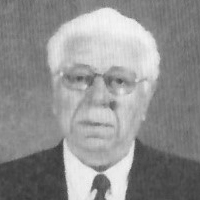
Klyuka Viktor Ignatievich (1928–2018)
He developed the original phytotron technology for the full-year breeding work with sunflower, soybean, and other oil crops, which is used in the «Phytotron — field» system for accelerated breeding of new varieties and hybrids of oil crops, widely cultivated in the Krasnodar region and other regions of Russia. He has been awarded the medals «For Valorous Labour in commemoration of the 100th anniversary of V. I. Lenin’s birthday» and «For Outstanding Contribution to the Development of Kuban» and has been awarded the honorary title «Honored Scientist of Kuban».
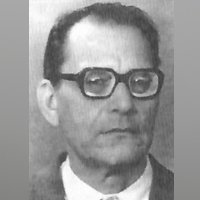
Popov Pyotr Stepanovich (1928–2003)
The study of mobile carbohydrates in sunflower occupies a large place in P. S. Popov’s research. Much work has been done to study the mineral composition of sunflower and the effect of mineral fertilizers on the chemical composition of seeds. P. S. Popov was a pioneer in mastering gas chromatography and the now widely known NMR method for mass analyses of seed oil content. He published over 60 scientific papers.
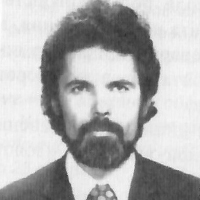
Aspiotis Eugeny Kharlampievich (1935–2011)
He developed mathematical software for the processing of experimental data on a computer. Introduced the first computer in VNIIMK in the process of scientific research. From 1968 to 1973, he led the work on the development of the NMR method and device for determining the oil content of seeds of breeding samples. For the first time in the USSR and in world practice, the NMR method was used in VNIIMK to perform mass analysis of seeds for oil content.
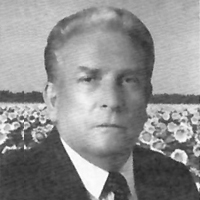
Gorbachenko Fyodor Ivanovich (1940–2020)
F. I. Gorbachenko’s scientific activities are related to the breeding and seed production of oil crops, primarily sunflower. F. I. Gorbachenko is a well-known breeder in Russia and the CIS countries in the field of theoretical and practical breeding and seed production of sunflower. Since 1975, Fyodor Gorbachenko has been the head and executive officer of the sunflower breeding program.
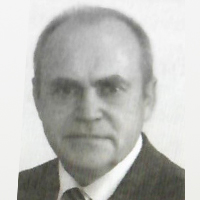
Kochegura Alexander Vasilievich (1950–2020)
Under his leadership, the breeding process scheme was improved, all technological breeding links were mechanized as much as possible, and new effective methods were developed and applied in variety development, for which eight patents were received. Owing to A. V. Kochegura new directions in soybean breeding are discovered and intensively developed. For the first time in Russia, A. V. Kochegura and his colleagues bred high-protein soybean varieties of food type, varieties for growing soybean as a second crop, and varieties for corn-soybean and sorghum-soybean mixtures.
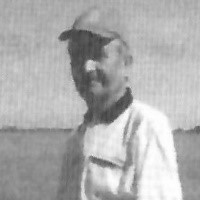
Galkin Fyodor Mikhailovich (1936–2016)
He developed a number of methods for hybridization and evaluation of the combinative ability of oil flax varieties, studied heterosis in intervarietal hybrids by main traits, inheritability and relationship of traits, application of chemical mutagens, and male sterility in flax. Fyodor Mikhailovich Galkin is the author of 11 varieties of oil flax, co-author of 11 completed research works and 34 publications. In 2010, 14 oil flax varieties were included in the State Register of Breeding Achievements approved for use.
